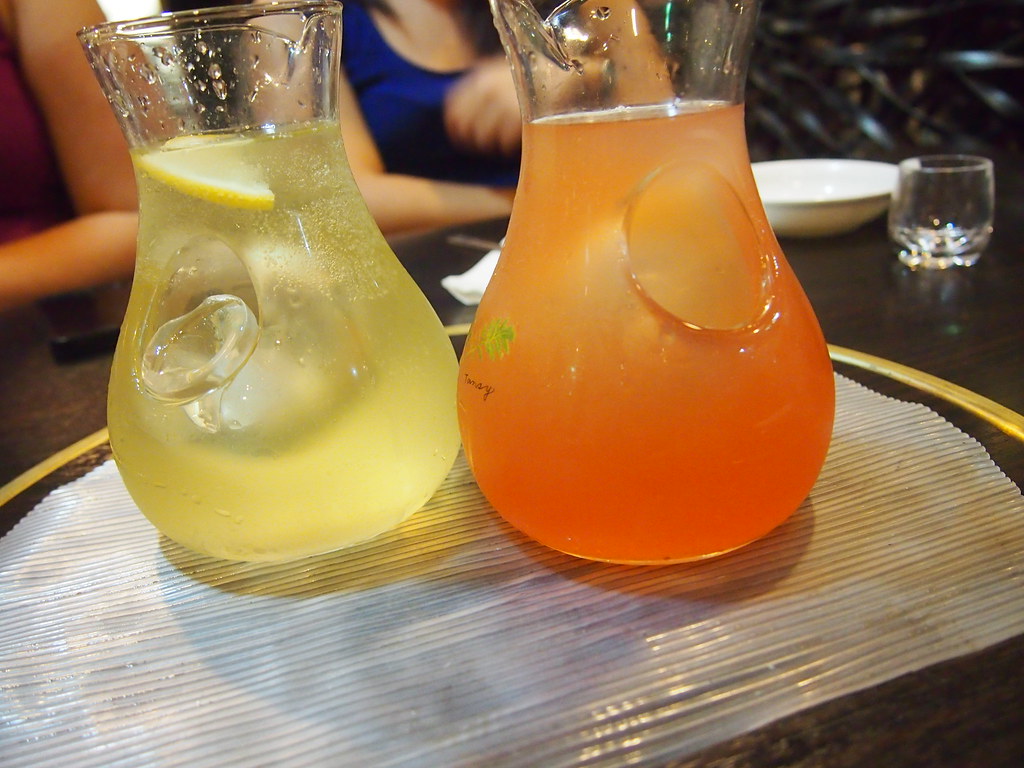History of Soju
The earliest evidence of soju production dates back to the 13th century, during the Mongol invasions of Korea. The distilled drink was originally produced from rice, but rice became scarce in South Korea in the mid-1900s, so local breweries adopted a variation of soju made from sweet potatoes and tapioca. Today, the soju we purchase can be made from rice, sweet potatoes, and a variety of other grains.
What does Soju taste like?
Soju has a crisp neutral alcohol taste with an astringent finish. It’s similar to other clear drinks like sake and moonshine but with a slightly sweeter flavor.
How to Drink Soju?

South Korea has a rich drinking culture, so naturally, there are a few customs for drinking soju in social settings. Generally, you should never pour a shot for yourself. Instead, offer to fill the empty glasses of others. The eldest at the table has the honor of pouring the first shot, and the pouring ritual will proceed based on age.
Soju Cocktails
Besides straight and flavored soju, there are a few different ways you can enjoy this Korean spirit.
A yogurt soju cocktail features a base of soju mixed with probiotic milk (a drink commonly found throughout East Asia and Southeast Asia) and lemon-lime soda. It’s so popular that a number of soju manufacturers have come out with yogurt-flavored soju.

Another soju-based drink you can make is somaek or “soju bomb”. Pour a shot glass of soju into a pint of beer. Place a spoon in the middle, touching the bottom of the glass, then tap the handle of the spoon with a chopstick to create a thick foamy head for the beer. Drink and enjoy.
Cooking with Soju
Soju can be used to enhance the flavors in stir-fries, stews, and marinades. You can incorporate a small amount of the spirit in Korean dishes, such as in beef bulgogi or the sauce for these tofu bibimbap bowls. Soju also works just as well in most cuisines thanks to the drink’s clean, neutral flavor.




